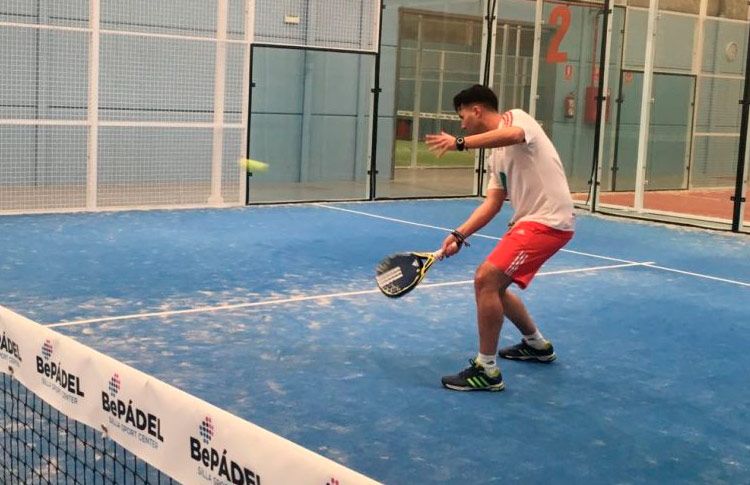Padel World Press .- In other articles we have already talked about the correct collation on the track in both defense and attack, a fundamental aspect when facing any meeting with guarantees. Despite this, we also wanted to reserve a specific post to comment and detail how transitions should be made or, what is the same, how to move from the defense position to the attack position (and vice versa) according to the different circumstances of the game.
The first thing to keep in mind is that the 'transition zone' comprises from where the 'defense zone' (service line) ends up to approximately 3 meters before the net. It is a space 'of passage' between defense and attack, so we should stay in it for as little time as possible ... And we are not well placed to make a good defense or a good attack.
Commonly, in the 'Subalera jargon', it is usually called 'swampy area' or 'quicksand zone'. It is important that we remember those terms so that we have in mind that we must leave that area as soon as possible.
As we are not in a comfortable position, the most frequent thing is that in that area we carry out the so-called 'transition blows' which are, neither more nor less, than those that help us to move from one tactical phase to another throughout a period of time. point or, what is the same, those that allow us to make the transitions either to win the network when we come from the defense position, good or to retreat after losing the network due to a good balloon or a passing of the rival.
In the approach shots to the net, what we seek is to make the opponent uncomfortable without risking too much while we try to reach the right position on the court to continue with the point (win the net with a good position in attack or regain a good position from defense if the opposite occurs).
We can not ignore the case in which there is a transition situation that happens when we upload to the network after making a serve. It is vitally important, depending on our physical condition and our level of play, that we get to volley with confidence the first volley after performing our service.
A serve made with great force and speed comes very quickly to the blade of our rival and can cause the rest is also fast; so I could get a refund being halfway, in a transition zone. Sometimes, a well-placed serve or with a good effect can give me more advantage than a fast and powerful serve that, as we have indicated, can make me fly in the 'swampy zone', very far from the net, which will make me lose the advantage that gives us to be with the service in favor.
As a summary and tips to make the transitions in the right way, we could comment on the following:
- Avoid playing in the 'swampy area'. Get out of it as soon as the occasion allows.
- Do not risk while you are in it and play simple strokes, which may make the opponent uncomfortable. Try not to be excessively difficult and do not require great precision.
- Observe where you are playing permanently and correct the position.
- Use the references that the clue gives us (glass, lamppost and, above all, metal mesh posts) to always be well placed. Mark the imaginary zone of 'transition zone' to stay in it as little as possible (mark it only as a passage zone between attack-defense or vice versa).
- When in doubt, talk to your partner about the ideal placement on the track.
- If due to physical condition you have no choice but to adapt to playing in this area, try to train well. Master hits like the tray, the volley goes down to the feet or the boat soon. Otherwise, your chances of success will be reduced.
- Rate the speed and strength that you give to your serve based on your physical and technical condition. It is necessary to determine if it is adequate or if it should be chosen to lower the speed of the service
This is all for today friends sufferers ... We will read shortly in a new blog entry.
Until next time.
* You can follow all the news of the world of paddle in our profiles of Facebook y Twitter as well as subscribe to our Newsletter .













